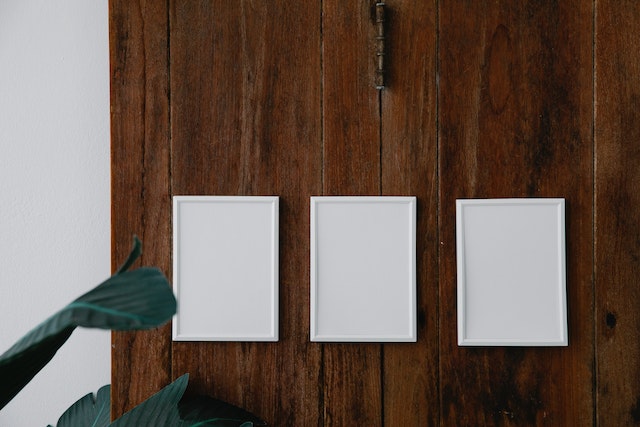In a world driven by technological advancements and futuristic materials, it’s refreshing to turn our attention back to the natural and timeless beauty of wood. Wood, one of humanity’s oldest building materials, continues to captivate us with its warmth, versatility, and sustainability. From rustic cabins nestled in the wilderness to sleek contemporary designs, wood has the power to transform spaces and evoke a sense of connection with nature. In this blog, we will explore the various aspects that make wood such a remarkable and cherished material.
- Aesthetic Appeal: Wood’s aesthetic appeal is unrivaled. Its grain patterns, textures, and hues create a visual feast for the eyes. From the rich red tones of mahogany to the light and airy charm of birch, each type of wood brings its own unique character to any environment. Whether used for furniture, flooring, or decorative elements, wood adds warmth and sophistication to any space, elevating it from ordinary to extraordinary.
- Versatility and Adaptability: One of the greatest strengths of wood lies in its versatility and adaptability. It can be shaped, carved, and molded into countless forms, allowing for a wide range of design possibilities. From intricately carved furniture pieces to curved architectural structures, wood can be crafted to suit any style or purpose. Moreover, wood can be stained, painted, or left natural, providing endless options to customize its appearance to match personal preferences and interior design schemes.
- Environmental Sustainability: With growing concerns about environmental sustainability, wood emerges as an eco-friendly choice. As a renewable resource, responsibly harvested wood can be replenished over time through reforestation efforts. Additionally, wood acts as a carbon sink, absorbing and storing carbon dioxide from the atmosphere. By utilizing wood products in construction and design, we can contribute to reducing carbon emissions and combatting climate change.
- Durability and Longevity: Wood has stood the test of time due to its inherent durability and longevity. Well-maintained wooden structures and furniture can last for generations, showcasing its remarkable resilience. When properly treated and protected, wood can withstand the elements, making it suitable for both interior and exterior applications. Its strength and durability ensure that investments in wooden products are sound and provide long-lasting value.
- Health Benefits: Beyond its visual and environmental advantages, wood offers numerous health benefits. Research has shown that exposure to wood in our living and working environments can reduce stress levels and promote a sense of well-being. The natural patterns and textures of wood have a soothing effect on our minds, helping us feel grounded and connected to nature even in urban settings. Moreover, wood is hypoallergenic, making it an excellent choice for those with allergies or sensitivities to synthetic materials.
Conclusion: In a world that often prioritizes speed, efficiency, and synthetic materials, it’s important to remember the inherent beauty and value of natural materials like wood. Wood’s timeless appeal, versatility, sustainability, durability, and health benefits make it a remarkable choice for a wide range of applications. By incorporating wood into our living and working spaces, we can create environments that are not only aesthetically pleasing but also nurturing for our well-being. So let’s celebrate the beauty of wood and embrace its endless possibilities in design, construction, and everyday living.
